In the context of cybersecurity, the Shared Security Responsibility Model in the public cloud is crucial for understanding the distribution of security responsibilities between the cloud service provider (CSP) and the customer. This model helps ensure a comprehensive and effective approach to cybersecurity. It helps clarify who is responsible for securing different aspects of the cloud infrastructure, applications, and data. While the specifics can vary between cloud providers, the general principles remain consistent.
Here’s an overview of the Shared Security Responsibility Model:
● Physical Security: The CSP is responsible for the physical security of the data centers, including the infrastructure, networking equipment, and servers.
● Network Infrastructure: The CSP manages and secures the overall network infrastructure, including routers, switches, and the underlying networking hardware.
● Hypervisor Security: In the case of infrastructure as a service (IaaS), where virtualization is involved, the CSP is responsible for securing the hypervisor and ensuring the isolation of virtual machines.
● Storage Security: The CSP is responsible for securing the underlying storage infrastructure, ensuring the confidentiality and integrity of data at rest.
● Data Center Operations: Maintenance, patching, and overall management of the data center facilities are the responsibility of the CSP.
● Global Security Compliance: CSPs often adhere to and certify against various global security standards. They ensure that their infrastructure meets these standards.
Customer Responsibilities:
● Data: Customers are responsible for securing their own data, both in transit and at rest. This includes implementing encryption, access controls, and data classification.
● Identity and Access Management (IAM): Customers are responsible for managing user access, authentication, and authorization within their cloud environment.
● Applications: Securing applications and the data they process is the responsibility of the customer. This includes ensuring that applications are configured securely and that any vulnerabilities are addressed.
● Operating System: For Infrastructure as a Service (IaaS), customers are responsible for securing the operating systems of their virtual machines.
● Network Traffic: Customers are responsible for securing the traffic that flows to and from their applications and systems. This includes setting up firewalls, monitoring network traffic, and implementing secure communication channels.
● Configuration Management: Ensuring that configurations for cloud services are secure and compliant with best practices is the responsibility of the customer.
Shared Responsibilities:
● Security Updates and Patch Management: While the CSP is responsible for the underlying infrastructure, customers are responsible for patching and securing their own applications and virtual machines.
● Incident Response: While the CSP may provide tools and services for monitoring and incident detection, customers are typically responsible for responding to and mitigating security incidents related to their own data and applications.
E- Panzer wants you to understand the importance of the Shared Security Responsibility Model
It’s crucial for organizations to clearly understand and document these responsibilities to ensure a secure cloud environment. Regular communication between the CSP and the customer is essential to address any changes or updates to the security landscape. The Shared Security Responsibility Model is dynamic and may evolve as cloud services and technologies advance.
At E-Panzer we believe that by understanding and adhering to the Shared Security Responsibility Model, organizations can enhance the overall cybersecurity posture of their cloud deployments. Regular communication and collaboration between the CSP and the customer are essential to address emerging threats and ensure a comprehensive approach to security.
















